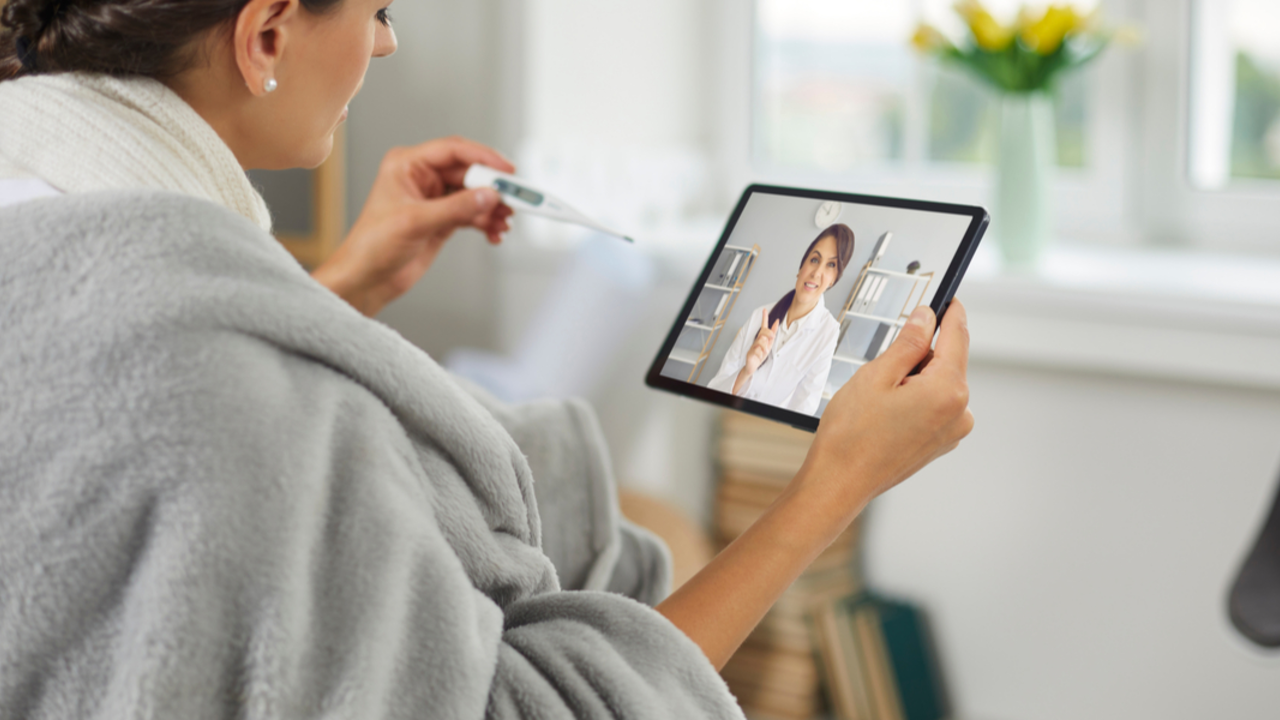Acne Treatment: Practical Steps That Actually Work
Got acne and tired of conflicting advice? You’re not alone. Acne is frustrating, but a step-by-step approach focused on real habits and sensible products often beats trendy fixes. Below you’ll find actions you can try today, how they help, and when to see a doctor.
Daily routine that helps
Wash your face twice a day with a gentle cleanser—morning and night. Use lukewarm water and avoid harsh scrubbing; that only makes inflammation worse. After cleansing, apply a thin layer of a topical treatment with either benzoyl peroxide or salicylic acid. Benzoyl peroxide kills acne bacteria and works fast for inflammatory pimples. Salicylic acid helps unclog pores and is better for blackheads. If you have dry skin, use salicylic acid less often and add a light, non-comedogenic moisturizer.
Don’t pop or pick at pimples. Popping increases the chance of scarring and spreads bacteria. Use spot treatments and a warm compress instead. Hands-off also reduces redness and healing time.
Products and active ingredients to know
Look for products labeled non-comedogenic and fragrance-free. Key ingredients that actually help: benzoyl peroxide (2.5–5%), salicylic acid (0.5–2%), topical retinoids like adapalene (0.1%), and azelaic acid (10–20%). Start with one treatment at a time so you can spot irritation. If your skin gets very dry or red, cut back frequency or switch to a gentler option.
Oral treatments are for tougher cases. A short antibiotic course can calm inflamed acne, and hormonal options like birth control pills or spironolactone help many women. Isotretinoin is the strongest option and used for severe nodular acne—only under a doctor’s care because of side effects.
Quick lifestyle changes that matter: sleep more, eat balanced meals, and reduce dairy if you notice flare-ups after milk or cheese. High-glycemic foods (sugary snacks, white bread) can make acne worse for some people. Cut those back and see if your skin improves in a few weeks.
Small habits at home help too: change pillowcases twice a week, avoid heavy makeup, and clean your phone screen regularly. If you use acne-fighting products, be patient—results usually show after 6–12 weeks.
When to see a dermatologist: if you have painful cysts, spreading deep pimples, scarring, or if acne doesn’t respond to over-the-counter options in three months. A dermatologist can tailor a plan with prescription topical meds, procedures like cortisone injections, or light therapies.
Try a patch test before a new product: apply a small amount behind your ear for two days to check for irritation. Use oil-free sunscreen every morning—many acne meds increase sun sensitivity. If you’re pregnant or breastfeeding, avoid retinoids and certain oral meds; check with your doctor. Consider low-cost clinic visits or telederm consults if price is a worry. Finally, track photos every week so you see slow improvements and know when to change your plan. Stick with what helps you.
Acne treatment isn’t one-size-fits-all. Start simple, track what works, and ask for professional help when needed. Small, consistent changes are how most people finally clear their skin.

